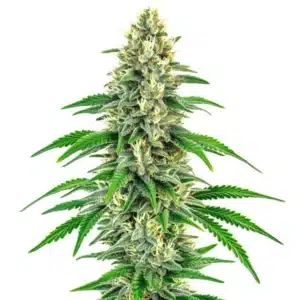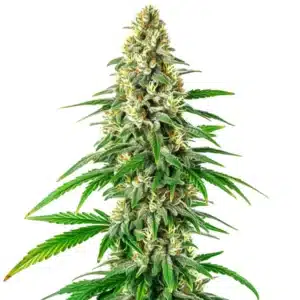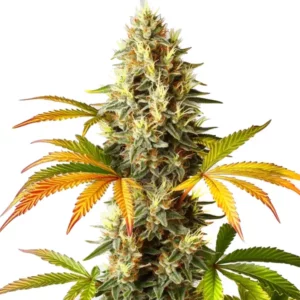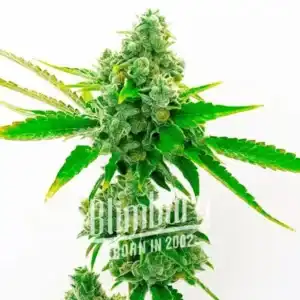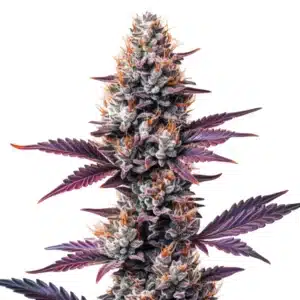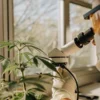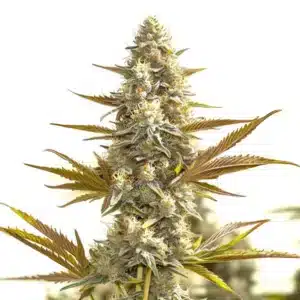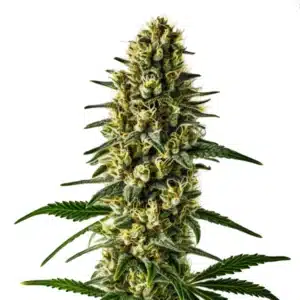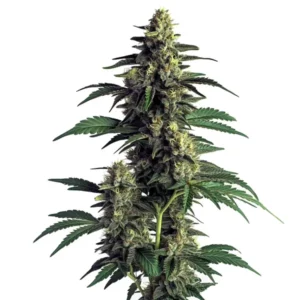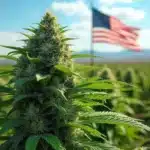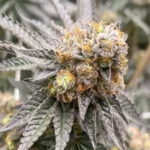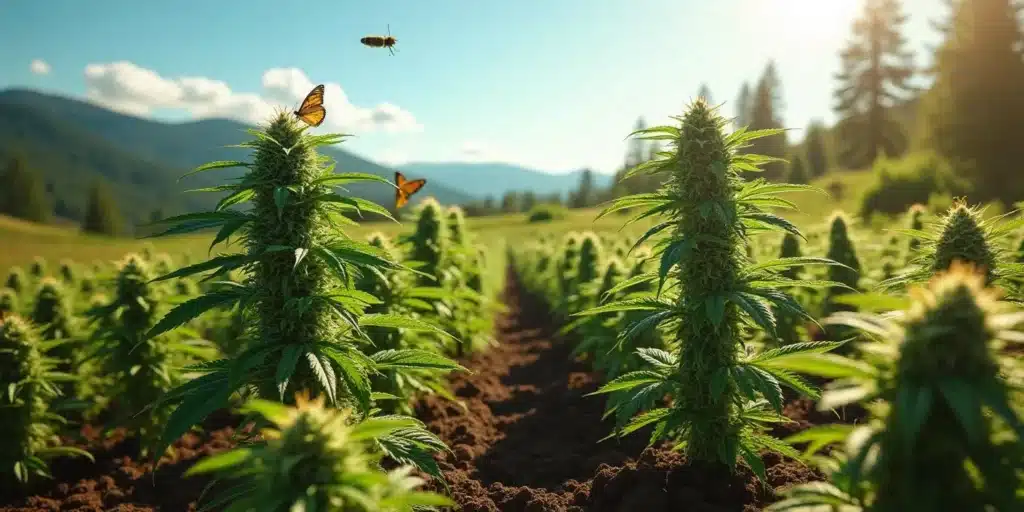
When Does Flowering Start Outdoor in Oregon?
Growing plants outdoors in Oregon can be an exciting adventure! Understanding when flowering begins is crucial for maximizing your harvest. The flowering phase typically aligns with Oregon’s distinctive seasonal changes. This article will help you learn when flowering usually starts, the factors that affect it, and tips for thriving outdoors in the Beaver State.
The Flowering Cycle in Oregon
In Oregon, flowering typically kicks off in late summer, usually around late July to early August. However, the exact timing may vary depending on various factors like your specific location, the strain you’re growing, and local climate conditions.
Recommended Strains
Mochalope
|
|
THC | 22% - 25% (Medium) |
|
|
Type | Feminized |
|
|
Yield | Medium |
|
|
Phenotype | 45% Indica / 55% Sativa |
Mochalope Regular
|
|
THC | 20% - 25% (Medium) |
|
|
Type | Regular |
|
|
Yield | Medium |
|
|
Phenotype | 75% Indica / 25% Sativa |
Most plants are responsive to light changes, meaning they flower as the days get shorter. As we approach late summer and daylight diminishes, your plants receive the cue to shift from their growing phase to flowering. Several key factors can influence this transition:
- Light Exposure: The change from longer to shorter days is what triggers flowering.
- Temperature: Warm days paired with cool nights can encourage healthy growth.
- Humidity: Maintaining optimal humidity levels enhances flowering and helps prevent mold.
Understanding Your Strain
It’s fascinating how different strains can behave so differently! Knowing the specifics of your plant’s strain can greatly aid in planning your grow cycle. While some strains are quick to flower, others may take their time. Here are a few strains well-suited for outdoor growing in Oregon:
- Blue Dream: Esteemed for its balanced effects, it typically flowers in about 8-10 weeks.
- Strawberry Cough: This delightful strain flowers in roughly 9 weeks and offers a burst of flavor.
- OG Kush: A popular choice, known to flower within 8-9 weeks, perfect for many growers.
When selecting your strain, be sure to consider not just flowering times, but also the genetics and growth characteristics. This knowledge can help align your expectations with the reality of your growing conditions.
Also, take into account the average yield and the unique flavors each strain possesses. Ultimately, the structure of the plant itself can give you hints about its flowering timeline as well!
Promos & Deals
Factors Influencing Flowering Timing
If you thought flowering timing was only about daylight, think again! There are numerous elements affecting when your plants start to bloom. Conditions such as weather patterns, altitude, and soil attributes can all play influential roles in flowering initiation.
Given the diverse geography of Oregon, the climate varies significantly from the coastal regions to the high desert. For instance, the Willamette Valley benefits from a milder climate, potentially allowing for earlier flowering compared to areas facing harsher conditions.
Let’s explore a few essential factors further:
- Soil Quality: Rich, healthy soil acts as the foundation for vibrant growth, so ensure your soil is well-nourished.
- Water Availability: Consistent irrigation practices are essential for maintaining plant health.
- Pest Management: Keep pests at bay so your plants can focus their energy on flourishing.
Another vital aspect is understanding your growing space. Is it well-drained? Are there any competing plants? Conducting an assessment of your environment can help tailor the best practices for your garden.
Lastly, consider the local wildlife and natural pollinators. Protecting your plants from critters can reduce stress on your plants and contribute to a healthier growing environment.
Monitoring Your Plants
As the days grow shorter, it’s the perfect time to observe your plants for early signs of flowering. During this transition, you may notice the emergence of pistils, those delicate white hairs on female plants signaling that they are ready for the flowering phase.
In addition to monitoring visual changes, adapting your nutrient regimen during this critical phase is also advisable. Nutrients that encourage blooming can lead to impressive yields and flavorful harvests, so it’s worth investing some time into proper feeding practices.
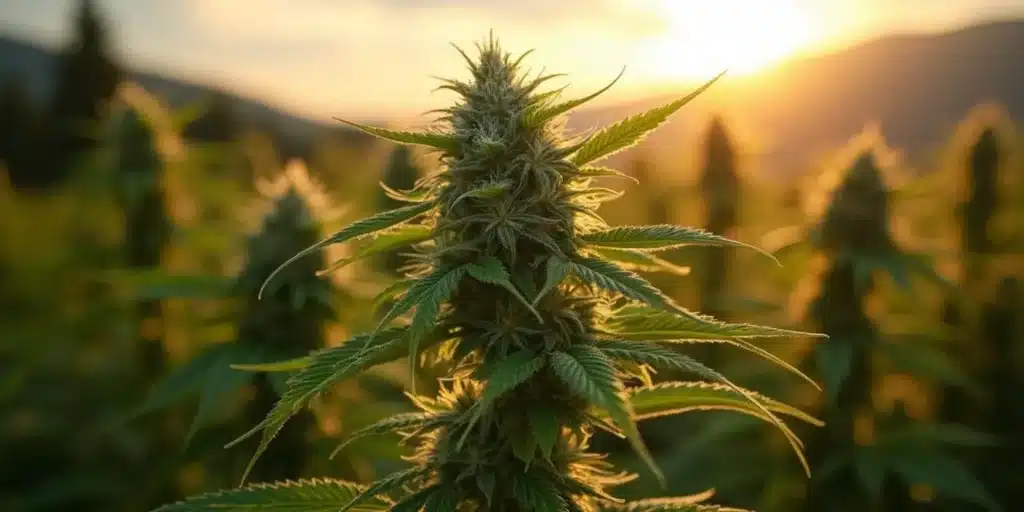
Best Practices for Outdoor Flowering
To optimize your outdoor flowering experience, focus on creating an environment that encourages healthy growth all around! Here are some best practices to keep in mind:
- Choose the Right Location: Look for areas that receive ample sunlight while being shielded from strong winds.
- Track Weather Conditions: Stay informed about sudden weather changes that could impact your plants.
- Regular Maintenance: Prune your plants and train them to improve airflow and enhance light penetration.
Regular maintenance is fundamental. Not only does it promote healthier plants, but it also fosters better yields by improving light distribution. Techniques like topping or low-stress training can significantly enhance growth.
In addition to maintenance practices, consider companion planting. Certain plants can benefit your cannabis by attracting beneficial insects or deterring pests, thus creating a balanced ecosystem in your garden!
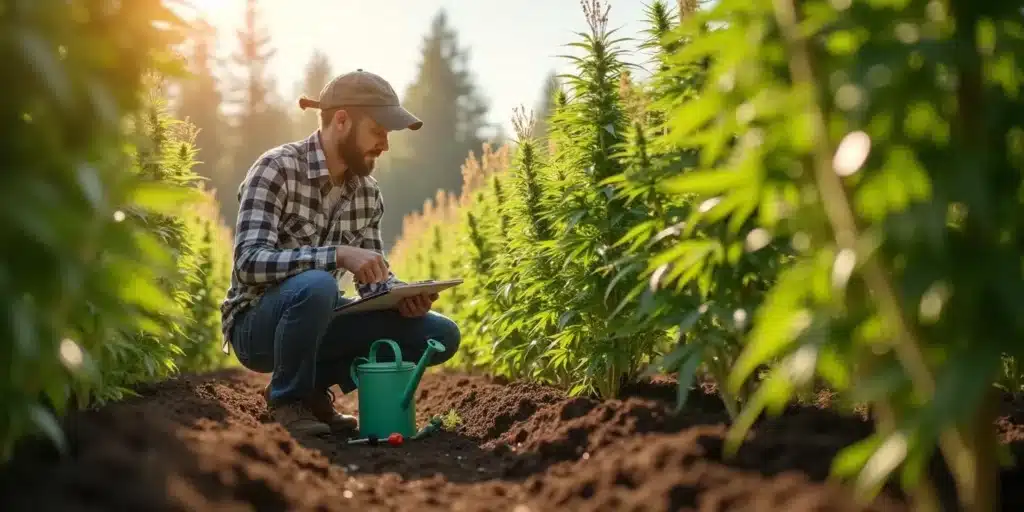
Dealing with Environmental Challenges
Given Oregon’s variable weather, it’s essential to anticipate environmental challenges. The late summer humidity can trigger mold and mildew, particularly during flowering. Utilizing fans to improve airflow and ensuring proper spacing between your plants can mitigate these risks.
Moreover, taking a proactive approach to pest control is crucial for a thriving garden. By regularly observing your plants and utilizing organic pesticides, you ensure that your ecosystem remains balanced and that your plants can thrive without harmful chemicals.
Harvesting Your Buds
Once the flowering period begins, most plants will require about 6-8 weeks to mature for harvest. It’s essential to keep track of the trichomes on your buds, the tiny, resin-filled glands that change color from clear to cloudy, signaling peak potency.
The timing of your harvest is critical; waiting too long can diminish quality, while harvesting too early may result in sub-optimal potency. Familiarize yourself with the characteristics of your strain to identify the best moment for harvesting!
Preparing for Harvest
Preparing for harvest means ensuring your tools and workspace are ready. Make sure to have clean scissors, gloves, and a designated drying area prepped for when your time finally comes. Proper drying and curing techniques are essential for enhancing the flavor profile and quality of your final product.
During the post-harvest phase, emphasize proper storage methods. To maintain potency and flavor, utilize airtight glass jars equipped with humidity packs, which are the ideal solution for long-term storage.
FAQs
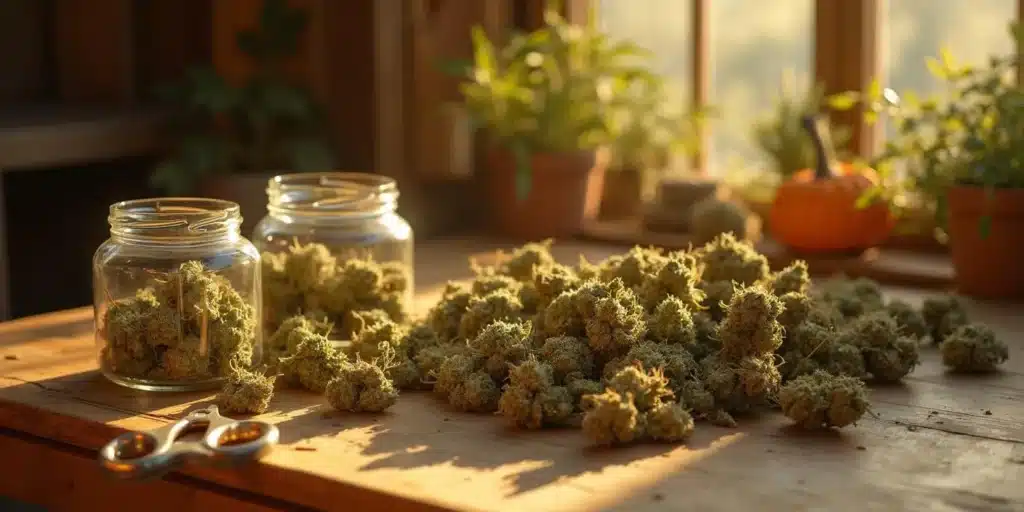
When is the best time to plant cannabis outdoors in Oregon?
The ideal timeframe for planting outdoors is typically after the last frost, which usually occurs during late April to early May. This permits ample growth time prior to the flowering phase that begins in late summer.
What factors influence the flowering time of cannabis plants?
Flowering initiation is primarily influenced by light exposure, temperature, humidity, and the specific strain being cultivated. These interrelated factors collectively determine when your plants will transition to flowering.
Can flowering times differ depending on location within Oregon?
Absolutely! Various regions within Oregon can enjoy distinct climates, impacting flowering schedules. For example, coastal areas often embrace milder temperatures, while central and eastern parts experience stronger seasonal variations.
How can I determine if my plants are ready to flower?
Signs of readiness include the appearance of female flowers (pistils) and noticeable structural changes in your plants. Recognizing these indicators suggests your plants are likely prepared to embark on the flowering phase!
What steps should I take if pests infest my flowering plants?
If pests become a problem, swift action is crucial! Employ organic pesticides and maintain diligent plant care. Regular monitoring can help catch infestations before they escalate into significant issues.


